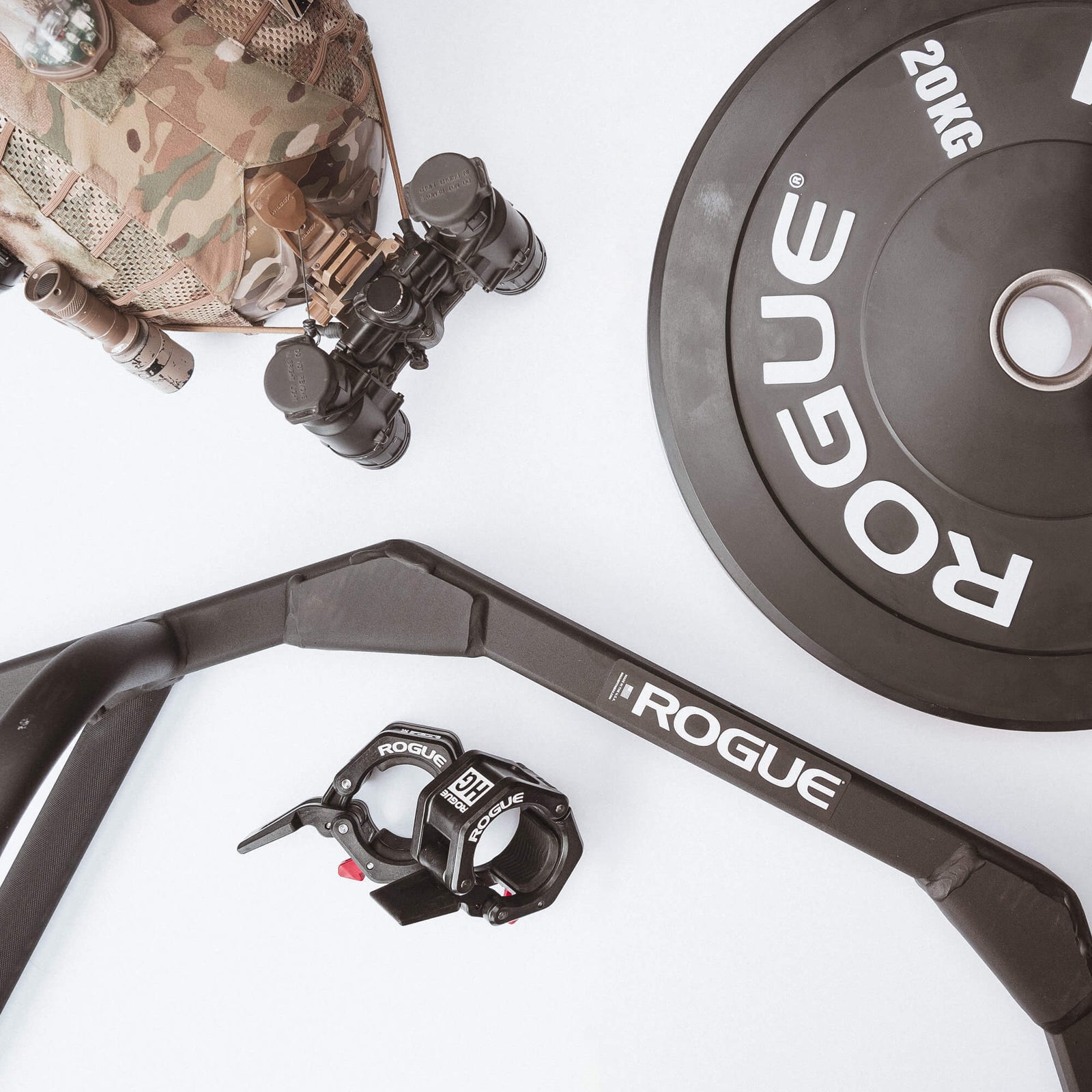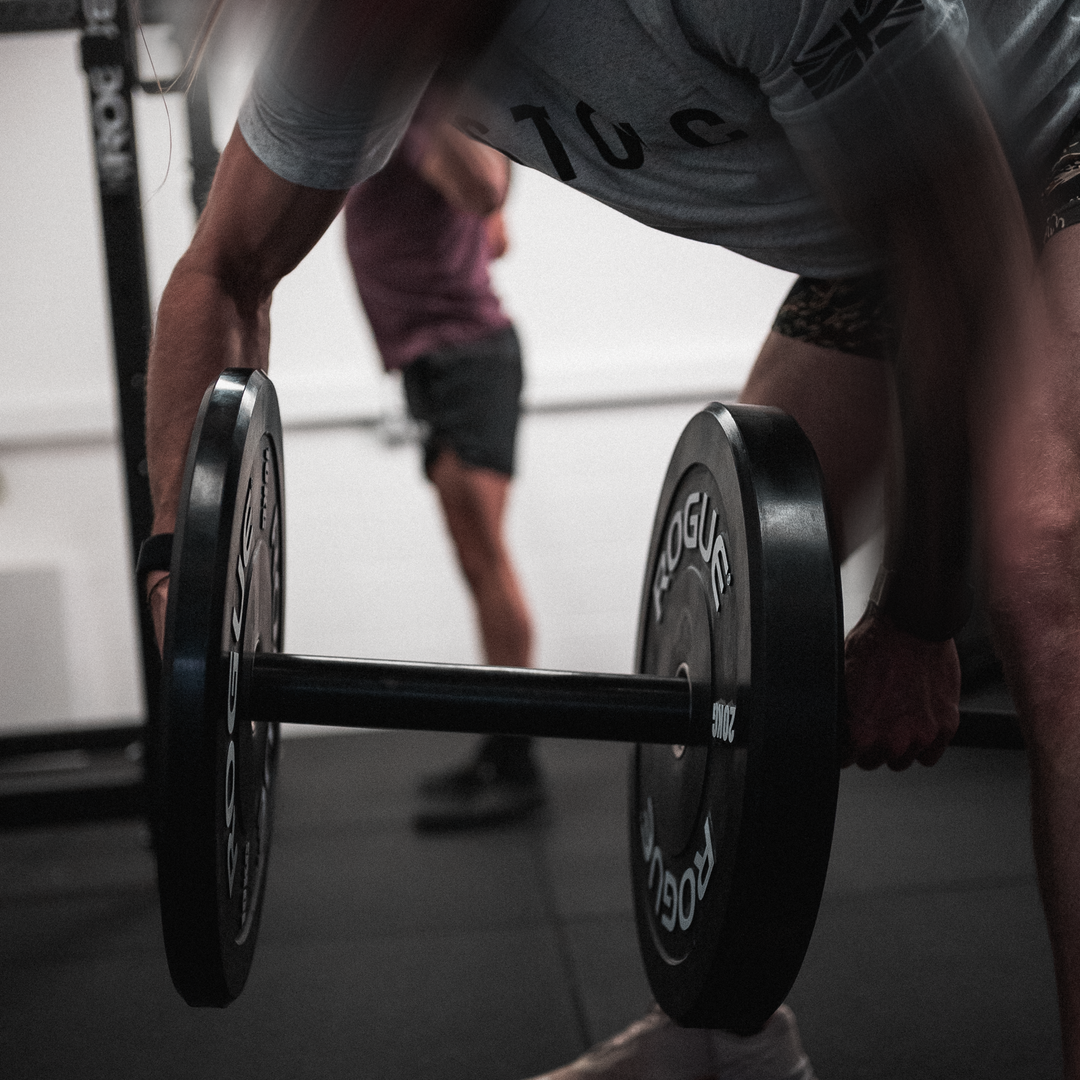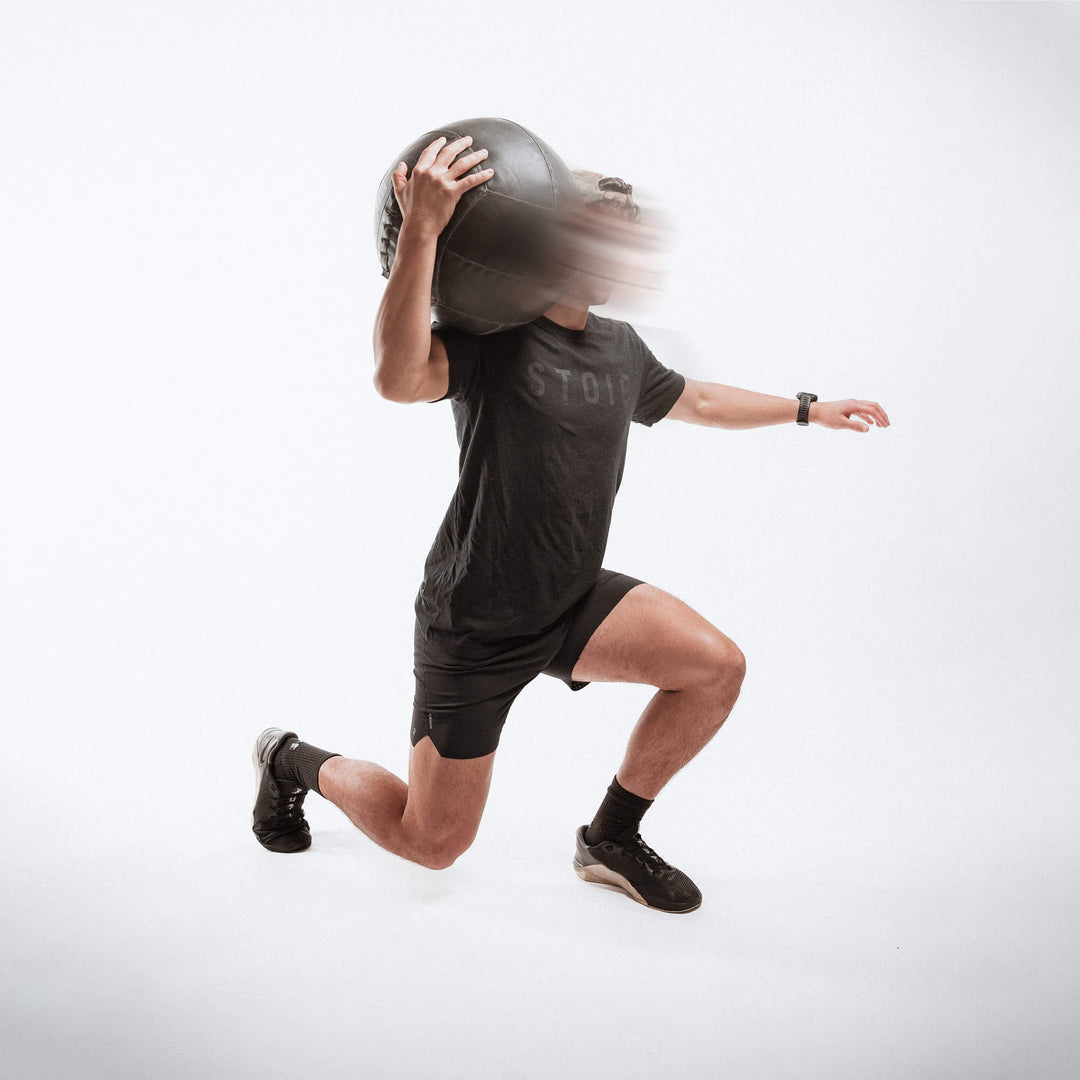PROGRAMME STRUCTURE AND TERMINOLOGY

How each coach lays out their programming can be slightly different from coach to coach. We are going to run through how to read through our style of programming to get the best results from your training. We will also include some coaching tips on each point for best practices for when you are actually in the training session.
Order
We always begin with the order of movements. This outlines the order that you will be performing the exercises. For example:
A) followed by B) would mean that you do all sets of the A exercises before going on to the B exercises.
Whereas an A1) A2) would be a superset in which you would alternate between the A1 exercise and A2 exercise before going on to the next group.
An A1) A2) A3) would be a triple set in which you would complete them in sequence before going back to A1) to start the new set.
So in the example shown above you would do all 6 sets of A) Trapbar Deadlift and then go onto the 4 set pairing of B1) GHD Hip Extensions and B2) 80° Incline Bench DB Semi Supinated Press and complete those two as a superset.
Sets
4x8-10 – The first number in our shorthand sequence is the number of sets you will perform for the given exercise.
Reps
4x8-10 – This is your rep range – the number of repetitions to perform on the exercise per set. You are given a range to hit so that you are able to select an appropriate weight that will challenge you in that range.
If you get to the higher number of the range and you find it very easy then the weight is too light to challenge you and you should look to increase it on your next set. If you only hit the bottom number of reps and it’s a struggle then you may need to lower the weight slightly for the next set.
Sometimes you will be given a single number to hit. The same training ideas apply here; you want to be able to achieve the number of reps and not fail before it. But equally achieving that number of reps should not be easy. We are trying to give your body enough of a stimulus to change it.
Coach’s Tip: Remember that strength increases can come from many different factors, not only lifting heavier weights. You can become more efficient at movements, increase speed, increase neurological efficiency and so on.
Tempo
The next sequence of numbers (@5010 for example) outlines the speed with which you will perform the lift. The four numbers each stand for a specific part of the lift.
- The first number is always the lowering phase (eccentric phase).
- The second number is the pause (isometric) at the bottom.
- The third number is always the lifting phase (concentric phase).
- The fourth number is the pause at the top.
- An ‘X’ stands for explosive, or lift as fast as you can without form breaking down.
So a @3111 for a deadlift would mean that you lift for 1 second, pause for 1 second at the top, lower for 3 seconds, pause for one second on the floor.
A @50X1 for a BB Back Squat would mean that you lower down into the squat for 5 seconds, no pause, explode back up, pause for 1 second at the top.
Rest
4×8-10 @5010 – 60s. This is the amount of time to rest in between sets. This is a guideline for how long to rest. It’s to help keep the workouts to around 60 minutes (resistance based ones mainly) and to help guide you on how to progress through the session.
Coach’s Tip: Your rest period for most of your training (other than specified metcon sessions) should be long enough that your next set isn’t too negatively impacted by being fatigued from the previous set.
AMRAP
Stands for As Many Reps/Rounds As Possible. You will be given a time limit to complete as many reps or rounds as you can. Most of the time the individual session will have intentions written out for you.
Coach’s Tip: If there are no specific intentions given, you are generally going to approach these workouts with a ‘steady state’ mentality. You don’t want to start out too fast, only to pile in 5 minutes into a 20 minute AMRAP. Instead, try to pace yourself so that you are working consistently throughout the whole time frame.
EMOM
Stands for Every Minute On the Minute. Starting from 0 on the clock, complete the required work and then rest the remainder of the minute. Then complete the next movement at the start of the next minute.
E2MOM
Stands for Every 2 Minutes On the Minute (there can be different numbers here too). Starting from 0, complete the required work and then rest the remainder of the time until minute 2 starts.
Mobility
The mobility section of the Stoic App will deliver bespoke daily mobility practices based on your needs if you have completed any of the tests.
If you haven’t completed a test then the App will build out a general focused mobility plan for you to follow daily (or you can choose an area to focus on when adding a training cycle to your calendar).
It will always begin with a full-body mobility ‘Flow’. This is a series of movements aimed at helping your body flow from position to position. You will aim to follow along with the video but feel free to pause the video and repeat the movements multiple times if needed.
After the flow, you will have between 1 and 3 mobility practices to perform with instructions on how best to perform them.
Coach’s Tip: If you can’t perform any of the movements or flows due to tissue or joint restrictions then aim to take your time and break the movements down or shorten up the range of motion so you can start to work on improving it. We all start where we start and it’s all about small daily improvements that quickly add up. A month from now your mobility will be greatly improved if you chip away at it every day.
When to perform your mobility?
The biggest factor for improving your mobility is that it needs to be performed daily. The flows and mobility practices are designed to take around 5-10 minutes to complete but may take a bit longer if you decide to perform more reps of each mobility practice.
Ideally, it’s best not to do static stretching before you train. It has been shown to decrease performance and really you’re looking to ramp up your body before you train. You can perform all the movements after training as part of your cool down (generally easier to plan and stick to a post-workout cool down and stretch). Alternatively, you can add them in at the beginning or end of your day.
Some other shorthand or technical terms we may use in the training cycles:
BB = Barbell
DB = Dumbbell
KB = Kettlebell
BW = Bodyweight
GHD = Glute Ham Developer
RDL = Romanian Deadlifts
HR = Heart Rate
Cal = Calorie
CARs = Controlled Articular Rotations (AKA, Slow Joint Rotations)
Supinated = Palms facing up or towards you
Pronated = Palms facing down or away from you
Semi-Supinated = Palms facing each other or a neutral grip




